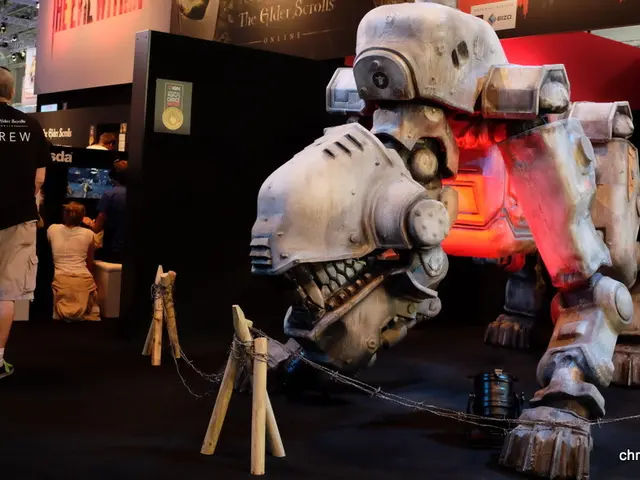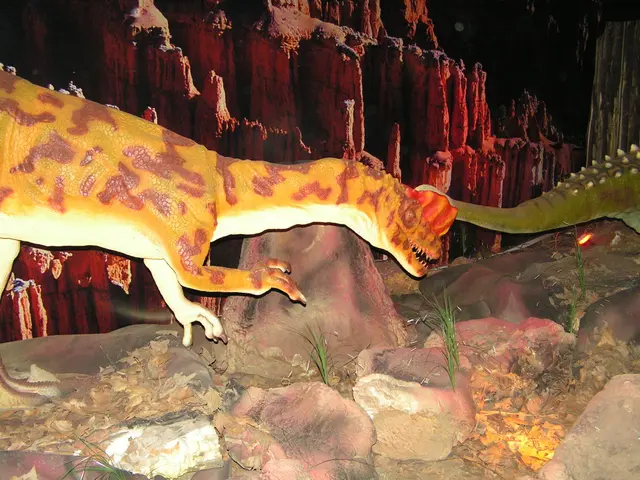Campus Dormitory Fire Protection Measures
In the heart of [City], [College Name] is committed to ensuring the safety and security of its students, faculty, and staff. This is achieved through a comprehensive approach to campus security that encompasses access control, surveillance monitoring, regular inspections, and maintenance.
### Access Control Modern campus life at [College Name] is underpinned by sophisticated access control systems. These systems manage entry to buildings and sensitive areas, using flexible credential support such as mobile access, ID cards, PINs, or biometrics. The doorLoxx™ platform, for instance, allows for the control of access to dormitories, data centers, elevators, and more, operating in online, offline, or hybrid modes. This integration with existing infrastructure ensures seamless security management.
### Surveillance Monitoring Surveillance plays a vital role in campus security at [College Name]. High-risk areas like parking garages, dormitories, and zones with high foot traffic are monitored by strategically placed cameras. The choice of surveillance technology—IP cameras, analog, or wireless—is based on factors such as resolution, field of view, night vision capabilities, weather resistance, and compatibility with existing systems. Surveillance integrates with access control, alarm systems, and emergency response plans, providing multiple layers of protection.
### Inspections and Physical Security Assessment Regular inspections are conducted to maintain perimeter security and identify vulnerabilities. Damaged fences, unsecured gates, or neglected secondary access points, such as service entrances, emergency exits, and loading docks, are promptly addressed. Clear property boundaries are established with fencing, signage, and landscaping to create physical and psychological deterrents against trespassing. Emergency exits are secured with alarmed crash bars to allow safe egress while alerting security to unauthorized use.
### Maintenance and Integration Maintenance is integral to sustaining an effective campus security system. Security systems, including surveillance cameras and access control devices, require ongoing monitoring and maintenance to ensure functionality and quick response during incidents. Integration of various security components—such as access control, surveillance, alarms, and incident management software—provides a holistic security framework.
The college's security systems, including fire alarms, electronic card access, intrusion detection, and emergency telephones, are regularly inspected and tested by the Campus Safety Office, Facilities Operations Office, Tyco/Fire and Security, and Simplex/Grinnell.
### Collaborative Efforts The Campus Safety Office, Facilities Operations Office, and external companies work together to maintain the college's security systems. A full-time locksmith is employed to maintain and repair all security locking hardware on the campus. Residents of apartment-style housing are responsible for securing their units and reporting any lost keys.
### Student Responsibility Students are advised to ensure the security of their residence halls by not propping open exterior doors, reporting unfamiliar individuals in the halls, and locking their room doors when not present or when sleeping.
### Public Access The general public can access limited campus facilities during specified hours and attend cultural and athletic events, with access restricted to the event's specific location.
In summary, the security systems at [College Name] combine advanced access control technologies, strategically deployed surveillance, thorough physical inspections, and ongoing maintenance, resulting in a multi-layered defense that protects facilities, students, and staff effectively.
At [College Name], education-and-self-development extends beyond the classroom, including the pursuit of personal growth through comprehensive security measures. The college's commitment to student safety incorporates not only access control, modernized campus life with mobile, ID, PIN, or biometric systems, but also surveillance monitoring, regular inspections, and maintenance, fostering a secure learning environment conducive to academic success and personal development.




